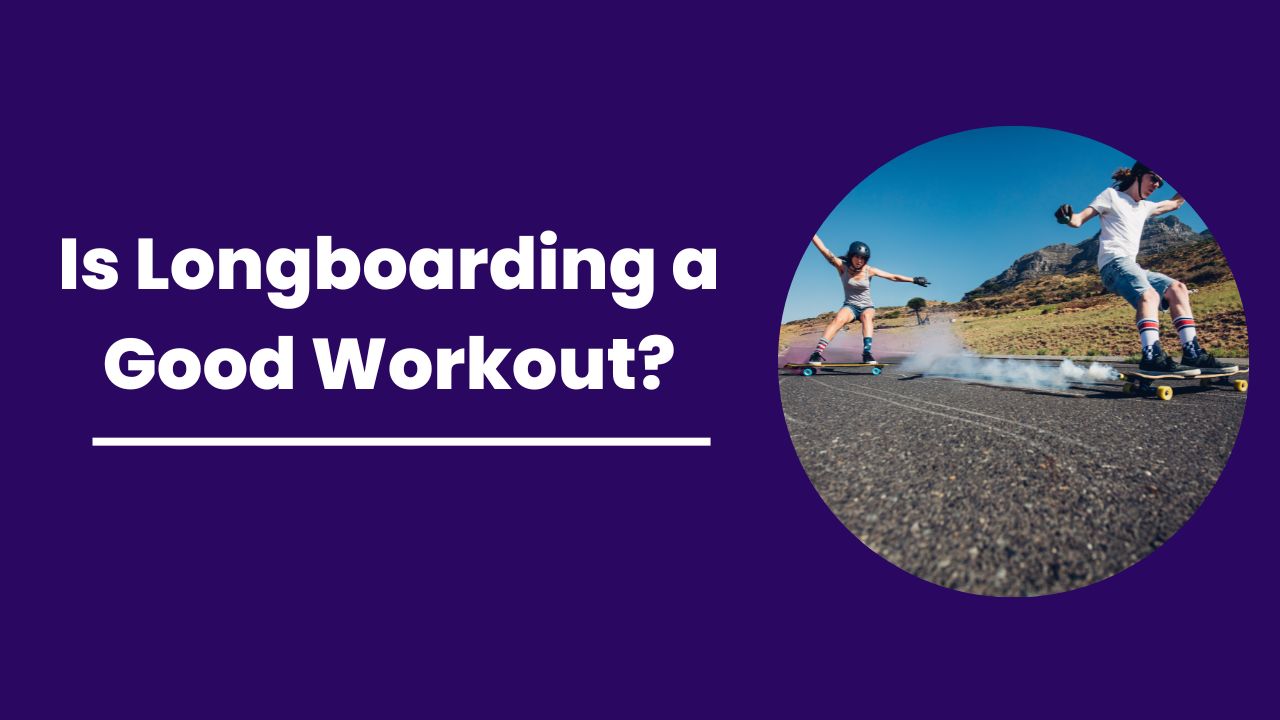Although purchasing and attaching a leash to your board may seem like an insignificant decision, it will affect you and others on the water in ways that you may not have initially considered. As the leash guarantees your safety for some instant.
The pros also used them a lot. In light of this, before choosing this type of board equipment, carefully read the following orientation on how to link a leash to a board. By doing this, you may help to ensure that you’re producing a fashionable and safe call.

Contents
How To Attach A Leash To A Longboard?
Although longboards are a little more resistant to having a leash attached than their board siblings, you can still fasten it in more than one location. While all boards typically have one tie-down hole at each end, those with side fins have two.
If your tail is too long, try clipping it in between your fin and tail. Use two tie-down holes (one for each part of your board) to stretch out your leash attachment for even more stability.
1. Equipment Needed
We need some equipment to attach our leash to the longboard, like scissors, Velcro, a hacksaw blade, a screwdriver, an Allen key, and a surfboard.
Take these tools and do it step by step as explained below.
2. Pass The Leash To The String
From the inside out, thread the end of your leash string through the leash plug. Some leashes come with plugs already attached, while some don’t; if yours doesn’t, you’ll need to use needle-nose pliers or another attaching tool to do it yourself.
3. Create The Loop
Put one end of your bungee cord through the loop on one side of your leash to start securing it to your surfboard. Before starting to loop, you should allow a space of about 2 feet at one end.
If you’re not sure what a loop is, look at our section on surf leashes, which goes into greater depth on how we fasten our leashes. Remember that every leash is unique, so yours could differ somewhat from ours.
4. Secure The Leash String To The Longboard
Attach the handle of your surfboard to the end of the leash string. Simply wrap it in an overhand knot, then tighten it with pliers. Once one end of your leash string is fastened, join the other end by dragging each free end through itself in the same way you would tie shoelaces. This will provide you with some leeway and make it simpler to modify while using.
5. Pass The Surfboard Leash
Your surfboard leash needs to be inserted through the leash rail saver at both ends. Verify that it is passing through both ends, not just one. Holding both ends of your leash in one hand makes it simpler to complete and will prevent things from becoming tangled.
Put one end of your leash into one rail-saver opening, and pull through until there is approximately a foot of room on either side of where it exits.
6. Velcro Folding
One piece of Velcro is provided with your leash; one is used as is, and the other must be folded over on itself. Although it requires some time, this step is crucial for ensuring that your leash is correctly fastened.
Don’t pass over folding over an extra piece of velcro merely for that added degree of security; you want all four of the accompanying velcro straps to fit snugly together for safety reasons.
The Significance Of Using The Leash
Many surfers consider leashes to be a necessity. They perform a very important function, as they remain attached and make you attached to the board if you ought to fall off or need to take a wave onto shore, and they’re also a useful piece of safety equipment that may save your life if you ever find yourself in a problem.
Therefore, learning how to connect and utilize your leash is essential for safe water sports. Now we know the importance of the leash. So, let’s learn how to use them.
Types Of Leashes
Ankle and calf harnesses are common types of longboard leashes. Since the ankle is typically considered to be the most comfortable place of connection and can be easily retrieved by flicking your foot, ankle leashes are fairly popular in surfing.
However, ankle leashes frequently tangle when longboarding, which makes cross-stepping and other longboarding moves difficult. Calf leashes are a wonderful substitute since they don’t often tangle up when you move about on a longboard.
What Should Be The Length Of Your Leash?
A basic guideline for picking a surfboard leash is that it should be the same length as the board it is being used on, or slightly longer if the board is in between sizes. For instance, use a 6’0 leash if your surfboard is 6’0.
If your surfboard is about 6 feet in length then it will require a leash which is approximately 7 and a half feet in length.
Where Should The Surfboard Leash Be Placed?
The surfboard leash is worn around the ankle of the surfer’s rear foot or leg that is closest to the surfboard’s tail. Despite being one of the most unpleasant aspects of surfing, the leash is essential for beginning and most intermediate surfers.
Do Leashes Come Preinstalled On Surfboards?
Leg cords were not a part of the original surfboard design. If you can surf, you don’t need one; it’s a question of personal taste. Boards must be unrestrained and single-finned. I can go knowing that I won’t misplace my board.
How Should A Damaged Surf Leash Be Handled?
It is a simple, lightweight repair for damaged surf leashes. Simply take the little gadget and “glue” the two urethane ends together whenever your leg rope snaps.
Why Do Some Surfers Usually Not Use Leashes?
The surfer’s ability to move around on the board may be limited by the use of a leash. For longboarders who like to stroll up and down the length of their board, this will be a problem. Leashes can sometimes get in the way of specific footwork techniques, according to surfers.
Read More:
Conclusion
It’s critical to look after your surfboard. It can do permanent damage by exposing your board to salt water damage, which can eat away at it. You must get a leash or two and check their attachments before each outing on your cherished board.
We hope that our instructions on how to fasten a leash to a surfboard, whether you’re using a longboard or a stand-up paddle, were useful.

